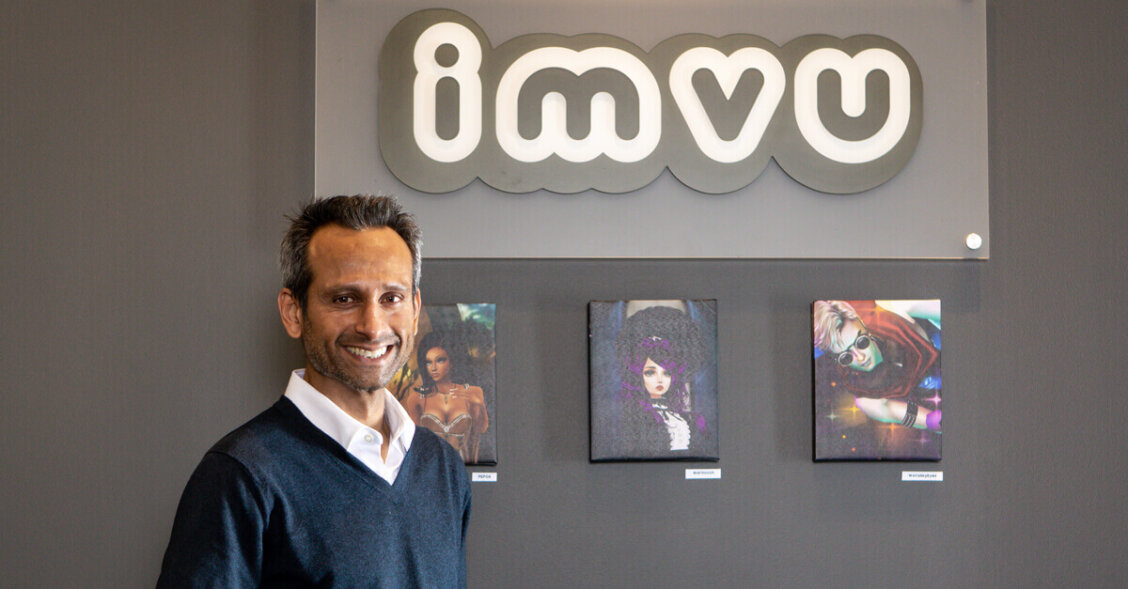
How to Successfully Scale Up Google UAC Campaigns
Google Universal App Campaigns (UAC) were launched in mid-2015 as part of Google’s efforts to utilize machine-learning in the advertising product offerings. The objective was for the machine-learning system to analyze, in real time, millions of signals to put your app in front of the best possible users.
IMVU started testing UAC campaigns in early September 2017, a few months before Google officially forced all AdWords mobile app campaigns on Google Search, Display, and YouTube to transition over to UAC. The biggest challenge for us was giving up control and transparency into optimizing our campaigns vs. trusting Google algorithms to do that for us.
At IMVU, we have two KPIs that we optimize all our paid User Acquisition (UA) campaigns against: (1) Day-7 Cost Per Payer and (2) Return on Ad Spend on New Payers. From this experience, I would like to share 3 best practices that enabled us to successfully scale up Google UAC into our #1 paid UA channel over a three-month period.
1. Pick the Right Campaign Goal
There are two possible campaign goals to choose from: 1) “UAC Installs” (bidding on CPI), and 2) “UAC Actions” (bidding on CPA). You want to identify the type of customer you’re targeting with your campaign and assign a value to each conversion (new user installs or in-app actions such as purchases).
Both goals are going to optimize according to a set target CPI, but how you determine your target CPI should depend on which goal you’ve selected. We found the “In-App Actions” goal targeting In-App Purchases (IAP) worked better than Installs or registrations for IMVU because our focus was to optimize towards new Payers and ROAS. It’s important to set one clear goal upfront on your campaign to allow Google’s machine-learning to gather enough data to clearly optimize towards that goal. We also tested this across both Android and iOS platforms, but found iOS performed better for us in driving better quality users.
2. Set the Right Bids and Budgets
One important thing we learned from our Google account team was that Google UAC needs around 30-40 IAP events per day consistently for a few weeks before it can fully optimize well towards our ideal CPA IAP goal. Therefore, it’s important to be patient and not tinker too much with different bids to give the Google algorithms enough time and data to work its magic.
We decided to front load our test budget to accelerate getting our optimal 30-40 targeted IAP per day during the first two weeks. That meant running inefficiently by paying 2X over our allowable CPA in the short-term. This worked out well because it enabled us to scale this campaign much faster towards hitting our optimal CPA goal by week 3 and performing better than the previous AdWords mobile app campaign (with UAC getting smarter with more data).
3. Utilize the Right Creative Mix
Creative is another key lever that can have a big impact on your UAC campaign performance. The better the CTR on creative, the less you need to pay to win competitive bids on the UAC marketplace. We used a variety of different ad creative orientation and sizes, formats (images and videos) and copy variations (up to 4) to help us maximize our reach and let UAC do the work to optimize towards the best performing creatives.
For our campaigns, videos performed much better than static images. Specifically, portrait videos unlocked a significant amount of inventory on mobile display networks for us, with an immediate impact on impression share. The creative is like the fuel to fan the flames, but it needs to be iterated and refreshed 1-2 times a month in order to avoid creative fatigue. We also found that using jargon or acronyms relevant to our audience in the copy helped improve CTRs.
IMVU Results
Our performance improvements have continued to remain strong on Google UAC resulting in scaling up the campaign’s budget 4X and positive trends on our KPIs:
- New Payers Growth – 67%
- ROI Growth – 18%
- CPA Improvement – 56%
Finally, while many of us are resistant to the change and loss of some of the “control” we were used to with mobile app install campaigns, Universal App Campaigns does have the potential to drive great performance with a more hands-off management approach.
The key to success is controlling the levers—the goals you choose, the bids and budgets you utilize, and the creative you provide—for Google to test and optimize for data-driven results that are simply beyond manual capabilities. Google UAC has the potential to become your biggest paid UA channel if you fully embrace it.
Lomit Patel heads up the Growth team at IMVU which is responsible for driving user acquisition, retention and monetization across all platforms (iOS, Android, and Web). Lomit is a seasoned growth marketing executive with expertise in building and scaling up customer acquisition, retention and monetization channels at early and mid-stage consumer tech startups. Learn more about Lomit.